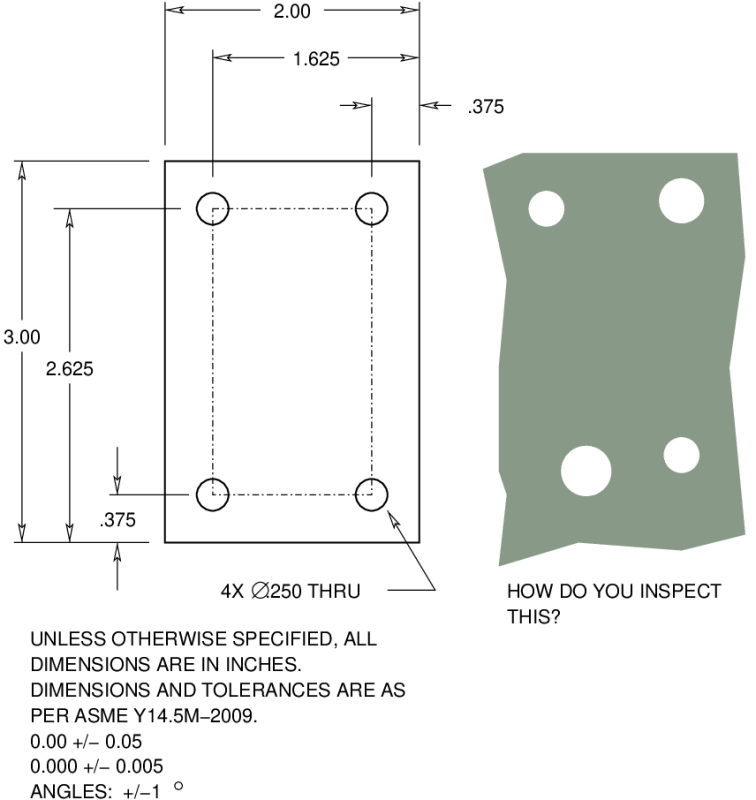Csaba Varga
Mechanical
- Mar 4, 2021
- 3
ello!
I put a hole in a symmetric hollow section in symmetric plane. In a top view you can see, that the center of hole is on the symmetric line of the hollow section. What general tolerance concerns the deviation of hole’s center from symmetry line of hollow section? In the drawing is a general standard: ISO 2768-mK.
Thanks in adv.
Csaba
Picture in attachment
I put a hole in a symmetric hollow section in symmetric plane. In a top view you can see, that the center of hole is on the symmetric line of the hollow section. What general tolerance concerns the deviation of hole’s center from symmetry line of hollow section? In the drawing is a general standard: ISO 2768-mK.
Thanks in adv.
Csaba
Picture in attachment

